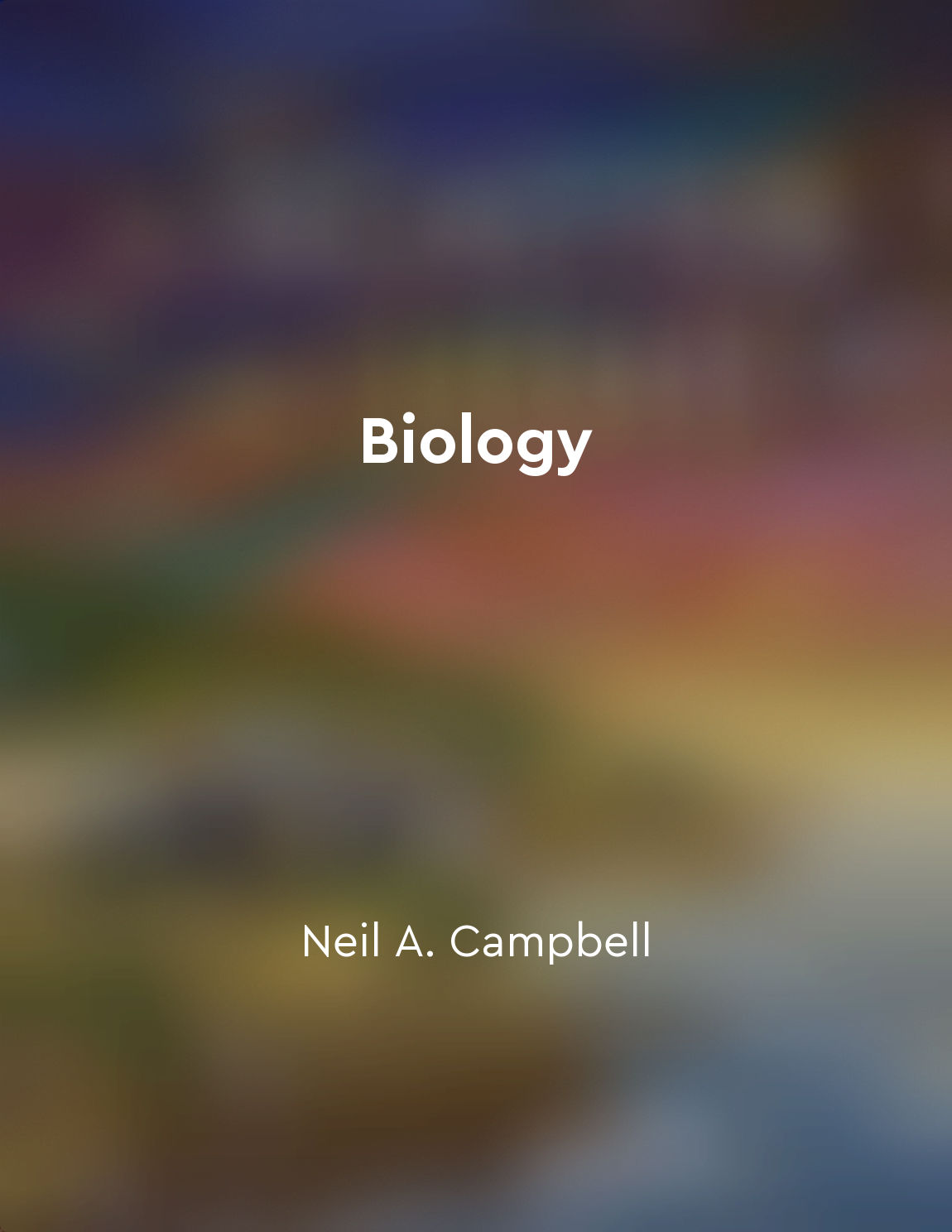Transitional forms show gradual change over time from "summary" of The Greatest Show on Earth by Richard Dawkins
Imagine walking through a museum, observing the displays of various species throughout history. As you move from one exhibit to the next, you begin to notice a pattern emerging - a gradual progression from one form to another. This is the essence of transitional forms, providing a tangible link between ancestral species and their descendants. These transitional forms serve as a visual timeline, showcasing the subtle changes that occur over generations. From the fossils of ancient fish with rudimentary limbs to the remnants of feathered dinosaurs, each specimen tells a story of adaptation and evolution. It is through these intermediary forms that we can trace the gradual transformation of life on Earth. One might question the validity of these transitional forms, doubting their significance in the grand scheme of evolution. However, when viewed collectively, these specimens form a cohesive narrative of change over time. Each transitional form represents a snapshot of a species in transition, capturing a moment in the evolutionary journey. It is crucial to understand that evolution is not a linear process, but rather a complex web of interconnected changes. Transitional forms highlight this intricate dance of adaptation and selection, showcasing the diversity of life forms that have emerged over millions of years. By studying these intermediary species, scientists can piece together the puzzle of life's history, unraveling the mysteries of our shared ancestry.- Transitional forms are the building blocks of evolution, providing tangible evidence of gradual change over time. They bridge the gap between past and present, illuminating the intricate pathways that have led to the diversity of life we see today. As we continue to uncover new fossils and expand our understanding of the evolutionary process, transitional forms will remain a cornerstone of scientific inquiry, shedding light on the remarkable journey of life on Earth.
Similar Posts
The interaction between genes and the environment
In the grand scheme of life, there exists a delicate dance between our genetic makeup and the environment in which we find ours...
Life challenges our assumptions and beliefs
As we navigate through the unpredictable terrain of life, we often find ourselves confronted with situations that force us to q...

DNA as the genetic material
In the study of genetics, one of the most fundamental concepts is the idea that DNA serves as the genetic material. This means ...

The struggle for existence shapes evolutionary outcomes
The process of natural selection is like a fierce battle in which only the strongest and fittest individuals survive and pass o...
Evolution is a unifying principle in biology
In the world of biology, nothing makes sense except in the light of evolution. This unifying principle serves as the cornerston...
Evolutionary theory is a dynamic and expanding field
Evolutionary theory is a dynamic and expanding field. This statement captures the essence of a discipline that has always been ...
Biogeography reveals patterns of distribution and migration
Biogeography is the study of the distribution of species and ecosystems in geographic space and through geological time. By exa...

